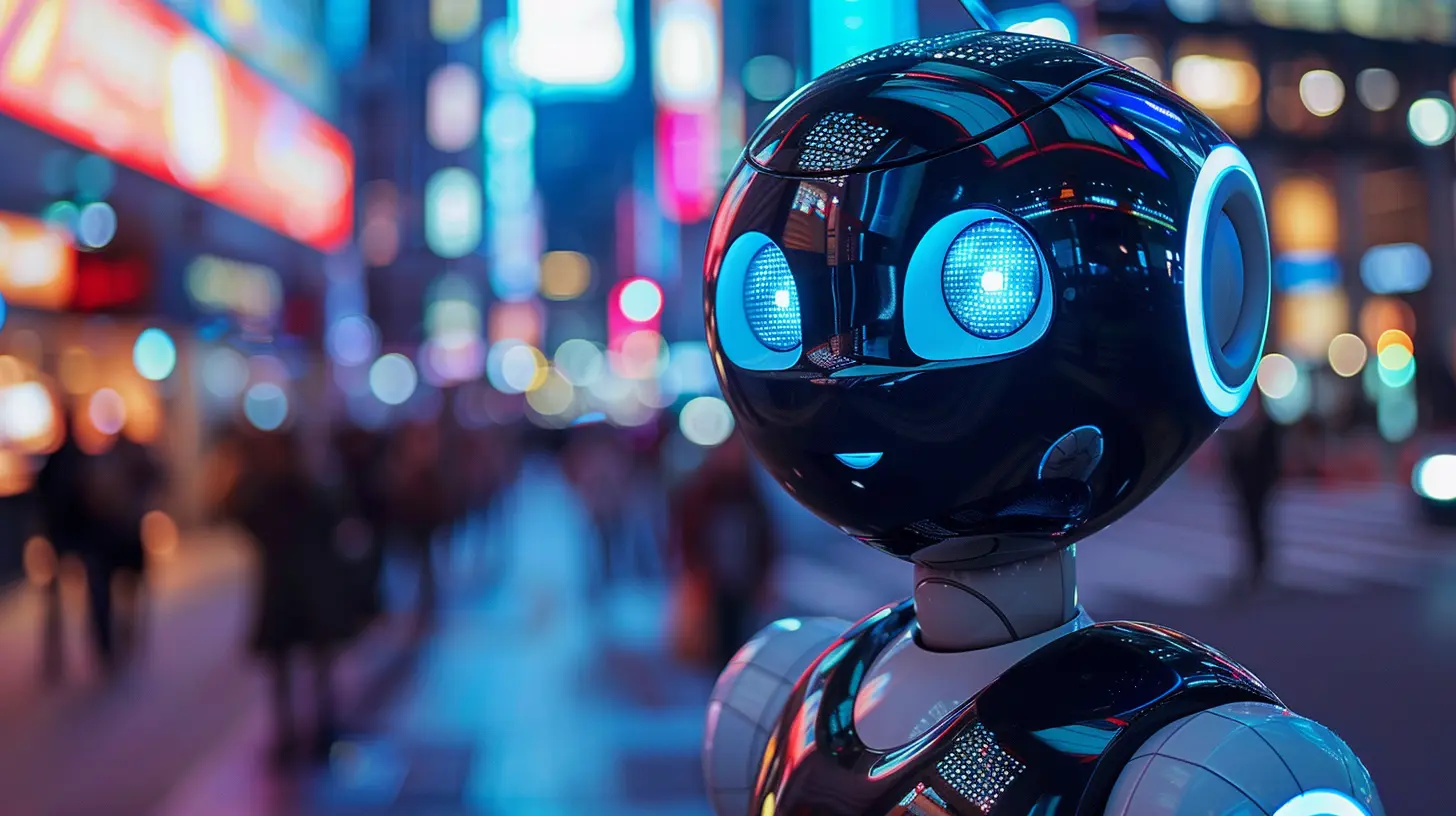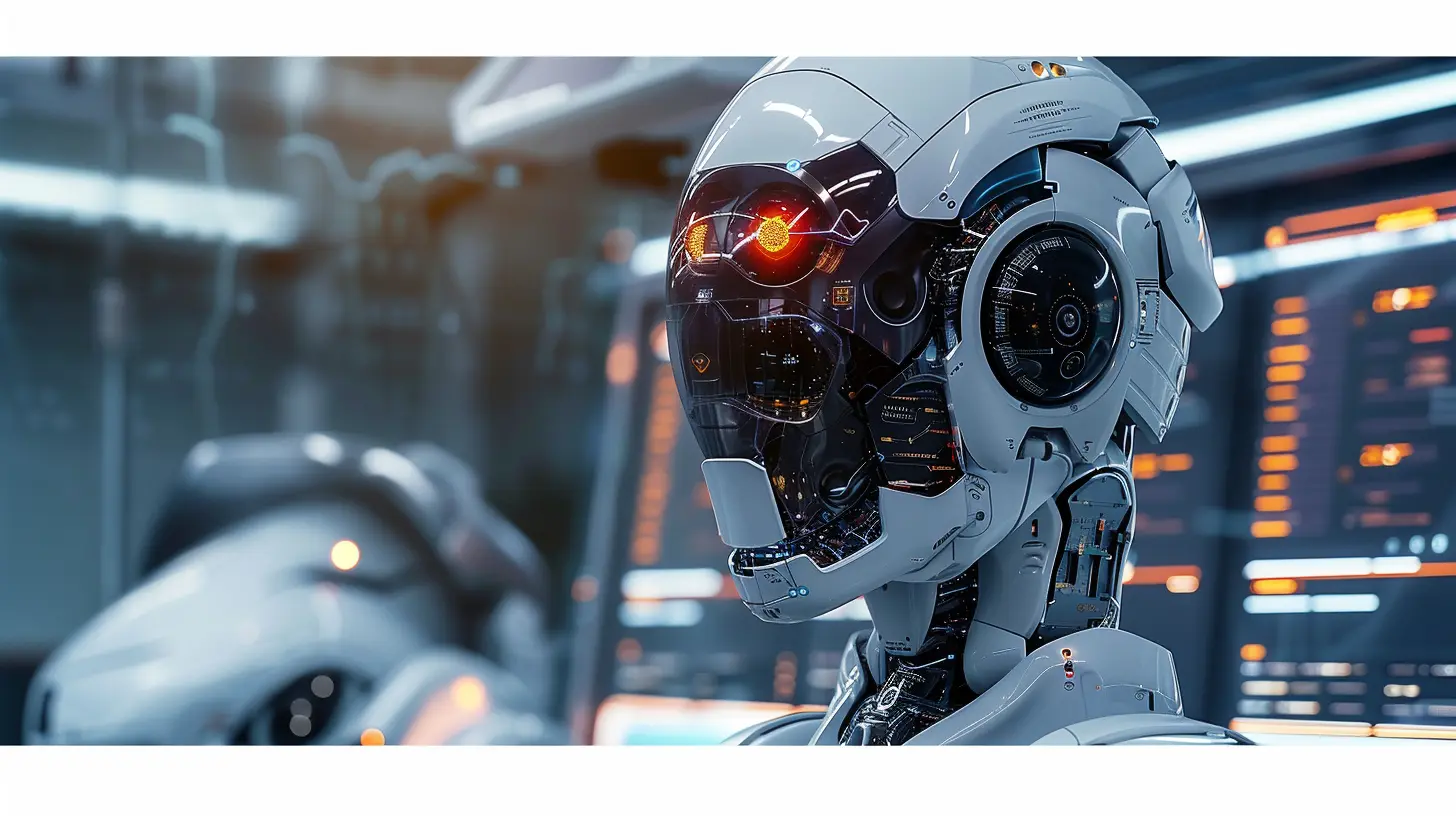How Autonomous Robots are Changing the Consumer Gadget Space
29 June 2025
Technology has always had a way of sneaking into our lives, but now it’s marching in—quite literally. Autonomous robots are no longer just sci-fi dreams or locked away in corporate warehouses. They’re in our homes, offices, and even our pockets, revolutionizing the consumer gadget space. From robotic vacuums to AI-powered personal assistants, these machines are changing how we live, work, and even relax.
But is this the beginning of a fully automated future, or are we just scratching the surface? Let’s dive in and see how autonomous robots are reshaping the way we interact with everyday technology.

The Rise of Autonomous Robots in Consumer Tech
Just a few decades ago, robots were clunky, expensive, and mostly limited to industrial use. Fast forward to today, and they’re everywhere—cleaning our floors, delivering groceries, and even entertaining our kids. The consumer gadget space has seen a massive influx of AI-driven robotics, and the pace of innovation isn't slowing down anytime soon.Why the Sudden Boom in Autonomous Robots?
Well, a few key factors are at play here:- Advancements in artificial intelligence (AI) – Machine learning and AI algorithms have made robots smarter, more intuitive, and more efficient.
- Cheaper and more efficient sensors – High-tech sensors are now affordable, allowing robots to navigate and interact with their environment seamlessly.
- Faster processing power – Thanks to powerful chips, robots process information quicker and make split-second decisions.
- Growing consumer demand – People love convenience. Robots offer a hands-free way to complete everyday tasks, making them highly appealing.
With all these advancements, it’s no surprise that autonomous robots are altering the consumer gadget landscape in ways we never imagined.

How Autonomous Robots Are Transforming Everyday Life
From household chores to personal assistance, robots are stepping up to make life easier. Let’s break down some key areas where they’re making the biggest impact.1. Smart Home Assistants: More Than Just Voices in a Box
We’ve all heard of Alexa and Google Assistant, but the new wave of AI-powered robots is going beyond simple voice commands. Companies are integrating AI into physical robots that can move, interact, and assist with tasks beyond just playing music or setting reminders.Imagine a robot that follows you around, bringing you coffee in the morning, retrieving items from different rooms, or even recognizing your emotions and responding accordingly. That’s where we’re headed, and AI-driven assistants like Amazon Astro are already making this a reality.
2. Robotic Vacuums: The Household Cleaners of the Future
Let’s be real—nobody enjoys vacuuming. That’s probably why robotic vacuums like Roomba and Roborock have taken the market by storm. These smart cleaners use AI to map out your home, avoid obstacles, and ensure every corner is spotless.Gone are the days of clunky automated vacuums randomly bumping into walls. Today’s robotic cleaners are sophisticated enough to:
- Identify different types of flooring and adjust suction power accordingly.
- Detect and avoid small objects like socks or pet toys.
- Schedule cleanings based on your daily routine.
This is automation at its finest—giving us one less chore to worry about.
3. Robot Pets: The Perfect Low-Maintenance Companion
Love pets but hate the responsibility? Robotic pets are here to fill that void. While they’re not quite the same as having a real furry friend, AI-driven robot pets like Sony’s Aibo offer companionship without the hassle of feeding, walking, or cleaning up messes.These robotic pets can:
- Recognize different family members.
- Respond to voice commands and gestures.
- Express “emotions” through movements and sounds.
Although they can’t replace real pets, they’re a great option for people with allergies, busy schedules, or those looking for a fun, interactive gadget.
4. Personal Transportation: Self-Balancing Robots and AI Mobility
Self-balancing scooters and robotic personal transporters are taking convenience to the next level. Products like Segway’s Loomo combine mobility with AI-powered assistance. These autonomous transporters can:- Carry loads while following their owner.
- Navigate obstacles using advanced AI.
- Be used as a personal mobility solution in urban environments.
It’s like having your own robotic assistant that’s also your ride—efficiency at its best.
5. Delivery and Shopping Bots: Bringing Convenience to Your Doorstep
Ever wish your groceries or takeout could just walk themselves to your doorstep? Well, with autonomous delivery robots, that’s now a reality. Companies like Starship Technologies and Nuro are developing robots that can deliver food, groceries, and even parcels without a human driver.These little rolling robots:
- Use AI and cameras to navigate sidewalks.
- Detect traffic and pedestrians.
- Securely deliver items to customers' doors.
It’s futuristic, convenient, and eco-friendly. What’s not to love?

The Challenges and Concerns of Autonomous Robots
Of course, it’s not all sunshine and rainbows. With every technological revolution comes a few growing pains. Here are some of the main concerns surrounding autonomous robots in the consumer space:1. Privacy and Security Risks
Having a robot in your home means having a device that collects data on your habits, routines, and even conversations. This raises serious concerns about:- Data privacy – Where does the collected data go, and who has access to it?
- Hacking risks – Could cybercriminals take control of home robots?
- Surveillance concerns – Could companies use these robots to monitor consumer behavior?
2. Job Displacement
Automation is replacing human workers in several fields, from delivery services to customer support. While robots increase efficiency, they also raise ethical concerns regarding job losses and economic shifts.3. Affordability and Accessibility
Cutting-edge robotics come at a price. While some robots, like robotic vacuums, have become more affordable, others—like premium AI-driven assistants—are still out of reach for many consumers. The challenge lies in making these innovations accessible to the average household.
What’s Next for Autonomous Robots in Consumer Gadgets?
We’re barely scratching the surface of what’s possible. As technology advances, we can expect even more jaw-dropping innovations, such as:- Emotionally intelligent robots – AI companions that can genuinely understand and respond to human emotions.
- Fully automated smart homes – Homes where robots not only assist but also predict our needs before we even ask.
- Personal AI chefs – Imagine a robot cooking a gourmet meal from scratch while you relax.
One thing’s for sure: The future will be automated, and autonomous robots will be at the heart of it.
Final Thoughts
Autonomous robots are no longer just futuristic fantasies—they’re here, and they’re changing the consumer gadget space in ways we never expected. Whether it’s cleaning our homes, delivering our food, or even offering companionship, these smart machines are making life easier, more efficient, and, honestly, a little cooler.But with all this innovation comes new questions: How much automation is too much? Will robots eventually replace human interactions? And most importantly—when do we get our own personal butler robot?
One thing’s for sure: The world of consumer gadgets will never be the same again.
all images in this post were generated using AI tools
Category:
Tech TrendsAuthor:

Gabriel Sullivan
Discussion
rate this article
1 comments
Yolanda McWhorter
Great insights! Autonomous robots indeed revolutionize consumer gadgets, enhancing convenience and user experience significantly.
July 9, 2025 at 3:58 AM

Gabriel Sullivan
Thank you! I'm glad you found the insights valuable. Indeed, autonomous robots are transforming the way we interact with technology!


